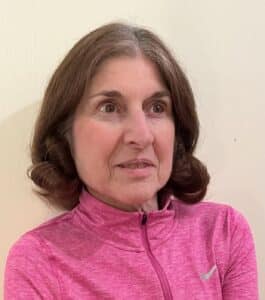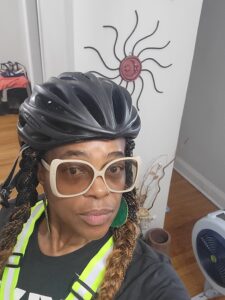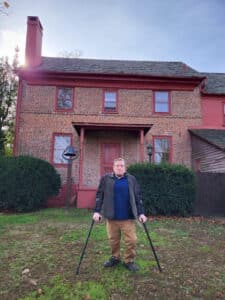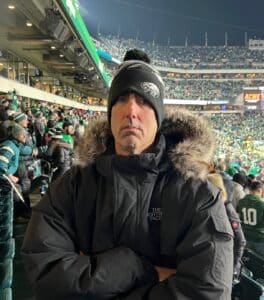NJ Transit is slated to raise bus and train fares 9% effective October 1, the fifth fare hike since 2002, while the state’s gas tax remains unchanged since 1988, and is the nation’s second lowest. In addition to the fare hikes, the agency is cutting service on several key train and bus lines.
Raising mass transit fares forces more people off public transportation and into their cars, increasing congestion and making the roads more dangerous for those who walk and bike for transportation and for recreation.
Putting more cars on the road works against bike riders and pedestrians in many ways:
- More cars on the road cause more wear and tear on the roadways, such as potholes, cracks, and uneven pavement, making the roads more dangerous for bike riders. This works against efforts to encourage more active transportation, reducing the number of bike riders and ultimately minimizing or nullifying the “safety in numbers” effect that protects all bike riders.
- More cars increase congestion, which makes it more difficult and less safe to get around by bike, as drivers queue up in long lines, causing traffic to slow to a crawl, and drivers to become impatient and make careless decisions that could cause a crash with a bike rider or a pedestrian. The number of riders is subsequently reduced, and the “”safety in numbers” effect is again nullified.
- Increased congestion also degrades air quality, which disproportionately affects bike riders and pedestrians, who must breathe this polluted air while biking and walking, whereas car drivers are sheltered from poor air quality.
- More people in cars adds to the nation’s obesity crisis, as people who might have taken a multi-modal approach to their commute by combining mass transit with active transportation are now sitting in cars inching along on congested roadways, losing time that could have been spent either biking or walking to a mass transit connection, or to time that could have been spent at the gym. Day after day of reduced activity over time degrades one’s health and can lead to weight gain and obesity.
Raising fares also affects poorer people disproportionately, as they may not have the resources to afford the fare hike or to change their mode of transportation; not everyone can afford to simply go out and buy a car. Biking and walking enables many disadvantaged to reach transit, to complete their commutes. Cutting service and raising fares causes upheaval for these individuals that those with resources cannot begin to contemplate: a job change, a move closer to work, or worse, a move away from family and friends to another state where mass transit is cheaper.
On the other side of the economic spectrum, today’s millenials, who will be tomorrow’s leaders, are choosing to live and work in cities and towns that provide a variety of transportation options such as mass transit, walking and biking. This generation is opting out of the car-centered lifestyle that saw their parents waste away hours per week trapped on congested roads, as NJ crept towards having the nation’s longest commutes.
With the deplorable condition of NJ’s roads and bridges due to lack of state transportation trust funding, and little political will to make them safer for bicycling and walking, raising transit fares and cutting service is backwards, 1950s era , car-centered transportation policy, and the beginning of a downward spiral that will leave the state with a sub-standard mass transit system amidst roads that are near gridlock with congestion. The country’s most densely populated state should be embracing a mass transit-centered transportation policy that supports and encourages other transportation options. The state’s economic future and the health of the residents depend upon it.














































































